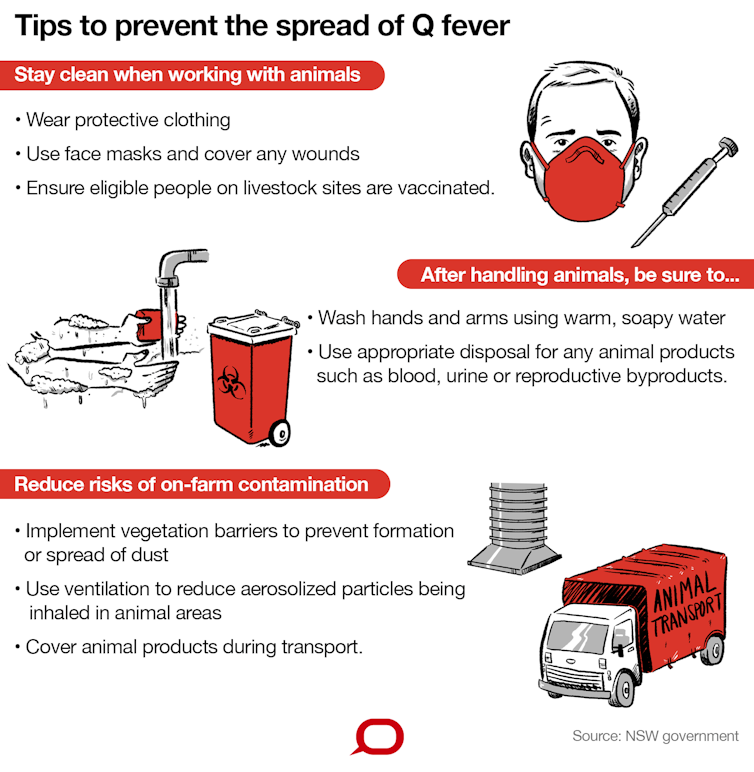Read the latest articles relevant to your clinical practice, including exclusive insights from Healthed surveys and polls.
By reading selected clinical articles, you earn CPD in the Educational Activities (EA) category whenever you click the “Claim CPD” button and follow the prompts.

| HSV Swab Origin | HSV1 | HSV2 | VZV |
| Oral sites | 93% | 2% | 5% |
| Genital/perineal sites | 45% | 50% | 5% |